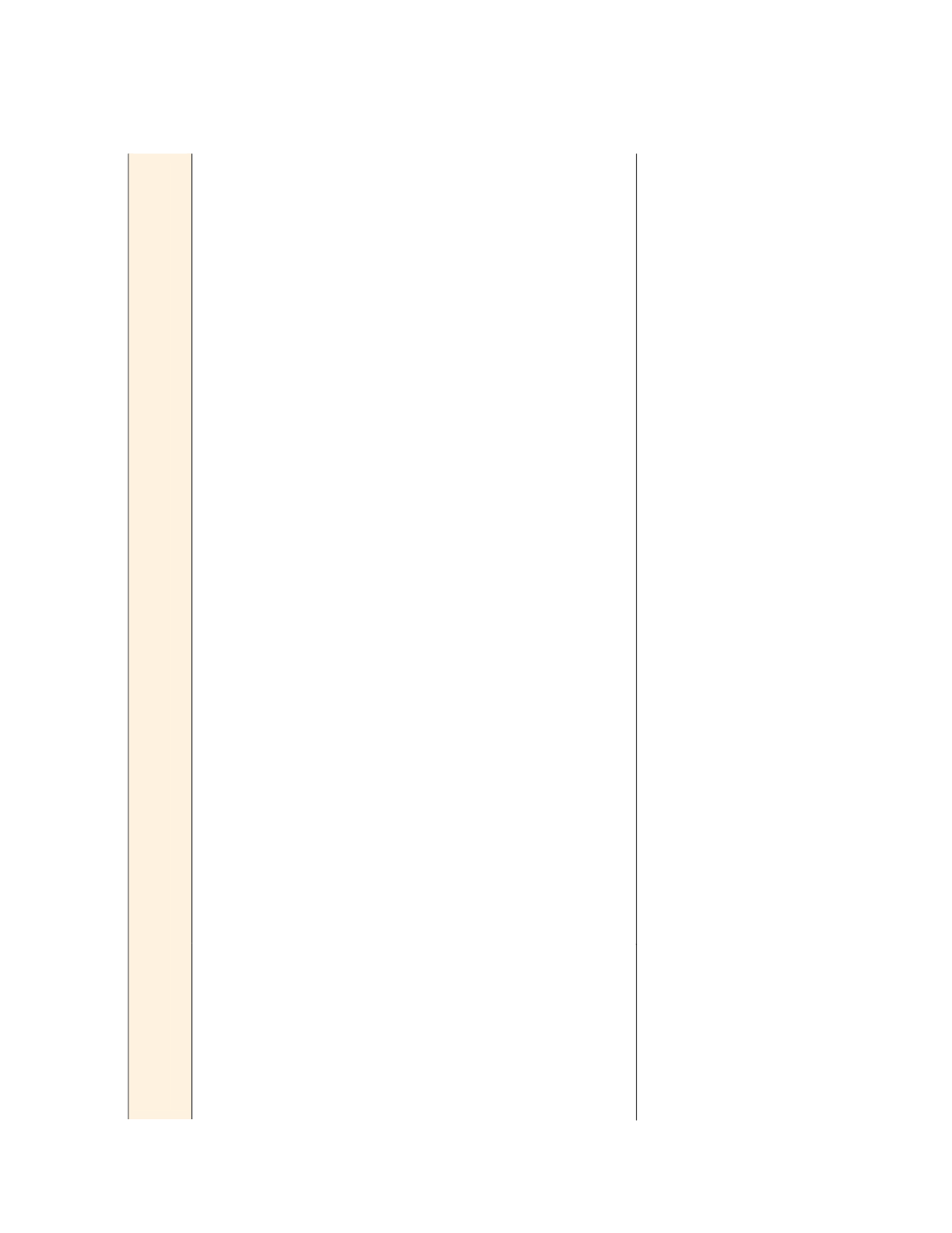
125
PRIORITYMEASURE89
“Adopt, in conjunctionwith indigenous peoples, themeasures needed to ensure that indigenouswomen, boys, girls, adolescents and young people enjoy
protection fromand full guarantees against all forms of violence and discrimination, and takemeasures to ensure the restitution of rights.”
Comments
1. This matter is covered by the instruments on minimum standards of rights of indigenous peoples (Declaration and the
Convention169), forwhich there are specializedmechanisms as described inPM 85.
2. At theWCIPStates undertook (article 18) to intensify their efforts, “in cooperationwith indigenous peoples, to prevent and eliminate
all forms of violence and discrimination against indigenous peoples and individuals, in particular women, children, youth, older
persons and persons with disabilities, by strengthening legal, policy and institutional frameworks”, for which purpose a Plan of
Action is beingprepared.
3. At the national level, this topic is covered in part by the Regional Conference on Women: the Santo Domingo Consensus makes
explicitmention in article 80 ofwomen, girls, adolescent girls, youngwomen andolderwomenwho are indigenous.
4. In addition to the foregoing, the following prioritymeasures explicitly include the particular situation of indigenous persons: PM 16
on guaranteeing a life free from violence for boys, girls, adolescents and young people; PMs 22 and 23 (chapter C on ageing), the
first calling for eradication of all forms of discrimination that affect older persons, including all forms of violence, and the second
dealing with the establishment of programmes to tackle violence against older persons in the public and private spheres, and the
prioritymeasures of chapter E on gender equality, PM 56, PM 57, PM 58 and PM 65, which call for various actions to eradicate all
forms of violence against women.
5. The design of actionsmust take into account:
−
The conceptualization of violence from the perspective of indigenous women, who contribute such concepts as structural violence,
spiritual violence, violence againstMotherEarth, andhealingprocesses;
−
The formulation of diagnostic studies and programmes defined by indigenous women and peoples, incorporating indigenous girls,
boys andyoungpeople, andworkwith the ancestral and traditional community authorities;
−
The processes of empowering indigenous women, who are central to addressing situations of violence, preserving practices and
beliefs that theydeempositive, and challenging those they consider harmful.
−
The intersection between individual rights and collective rights, and indigenous and State justice systems, and the creation of
legal pluralism.


